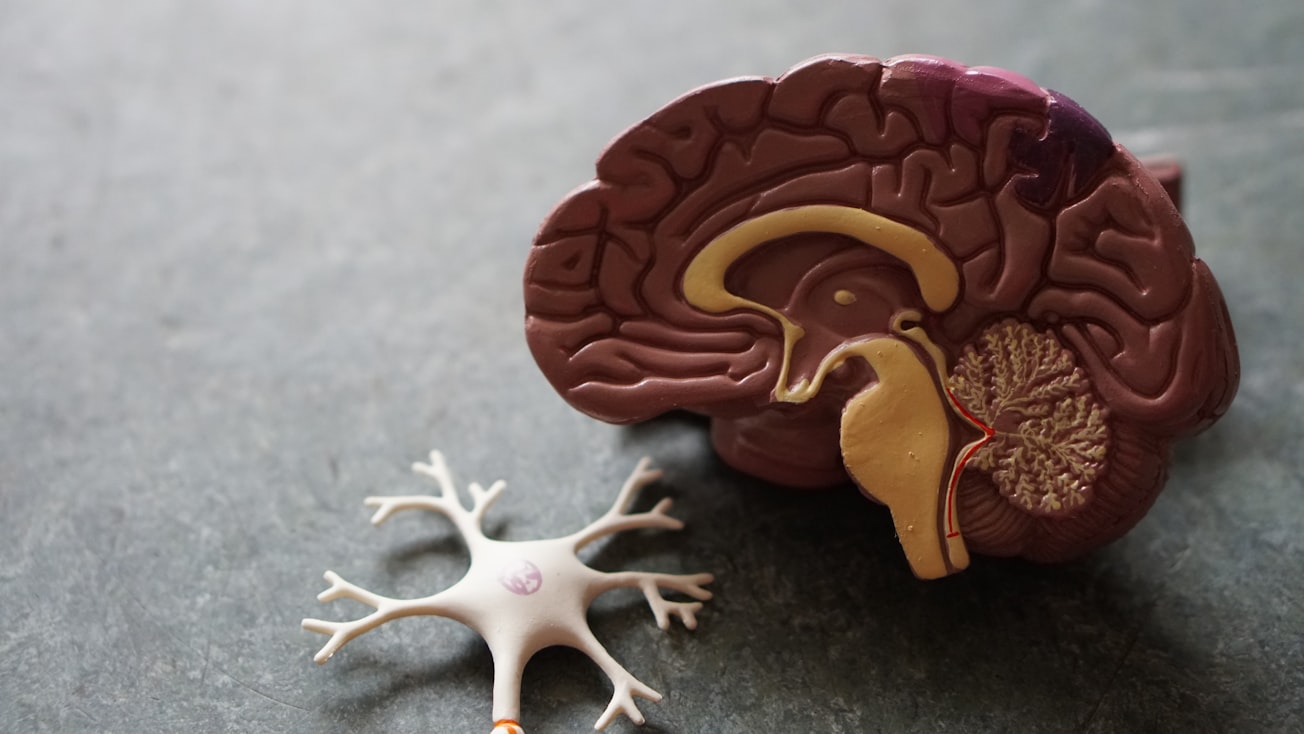What is it about?
The ability to identify individual objects or events as members of a kind (e.g., “knife”, “dog", or “party”) is a fundamental aspect of human cognition. It allows us to quickly access a wealth of information pertaining to a newly encountered object or event and use it to guide our behavior. It also allows us to communicate using language. How is this information represented in the brain? This study used high-resolution functional neuroimaging (fMRI) to evaluate the extent to which different kinds of information are encoded in the brain activation patterns corresponding to the meanings of hundreds of words. We evaluated three major types of information, namely, taxonomic (based on natural kinds), experiential (based on sensory-motor and emotional features of experience), and distributional (based on word-co-occurrence patterns in natural language use). We found that conceptual knowledge underlying word meanings is represented primarily in terms of experiential information, contrary to the long-held idea that concept representations are independent of sensory-motor experience.
Featured Image

Photo by Robina Weermeijer on Unsplash
Why is it important?
This finding contributes to our understanding of the neural mechanisms of language learning and of semantic language impairments caused by stroke and neurodegenerative disorders. It also paves the way for further research aimed at decoding conscious thought from brain activity, which would allow patients with phonological language disorders or locked-in syndrome to communicate via brain-computer interface technology.
Read the Original
This page is a summary of: Decoding the information structure underlying the neural representation of concepts, Proceedings of the National Academy of Sciences, February 2022, Proceedings of the National Academy of Sciences,
DOI: 10.1073/pnas.2108091119.
You can read the full text:
Resources
Contributors
The following have contributed to this page










